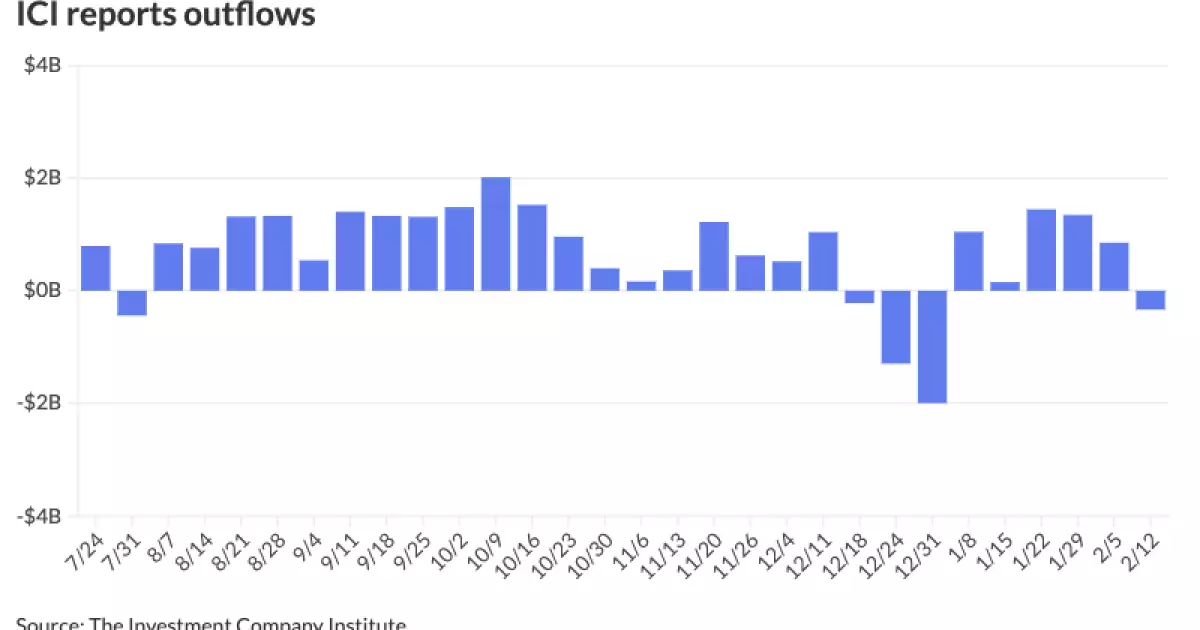The municipal bond market is experiencing a fluctuating landscape characterized by relatively stable pricing, shifting demand trends, and a complex interplay of economic factors. As we analyze the current state of municipal bonds, there are several intricate elements at play that investors need to consider.
On a recent trading day, municipal bonds displayed minimal fluctuations, maintaining their stability while U.S. Treasury yields slightly firmed. Paralleling this steadiness, municipal bond ratios in relation to U.S. Treasuries reached notable percentages. For instance, the two-year and five-year ratios were pegged at 63%, the ten-year at 66%, and the thirty-year at 84%, signifying a balance in how these assets are perceived relative to safer treasury securities. Such ratios suggest a cautious optimization in investor strategies as they navigate the relatively stable yields of municipal bonds against the fluctuations of the broader fixed income market.
Moreover, despite the recent stability, the underlying forces in the market are anything but static. The Investment Company Institute noted substantial outflows of $336 million for the week ending in early February, a stark contrast to a previous inflow of $852 million. This ebb and flow of capital investments show that investor sentiment is undergoing a shift, potentially influenced by external economic conditions or changes in interest rate strategies.
As we delve into the supply side of the municipal bonds, 2024 is witnessing issuance levels that have surged past $500 billion. According to Nick Venditti, the head of municipal fixed income at Allspring, this increased issuance reflects a reluctance among issuers to delay necessary projects. With post-COVID financial assistance dwindling, municipalities are now looking to the capital markets to address long-standing infrastructure needs that have been postponed. The necessity for timely upgrades in both public facilities and transportation infrastructures has underscored the urgency driving recent bond issuances.
Further corroborating this trend, last week’s issuance was hailed as one of the most significant in the past year, providing a strong signal about the municipalities’ commitment to addressing pressing financial needs. The commentary from industry experts indicates that while the level of issuance is high, the underlying demand in the market will greatly determine future price movements and yield stability.
Despite the overall increase in issuance, a pressing question emerges: Will the rising supply find adequate demand in the market? Recent observations note a warming demand in municipal securities but indicate that this could change rapidly based on investor confidence and external economic conditions. Venditti suggests that this year could witness a significant “technical trade” environment, wherein shifts in investor sentiment heavily influence the market dynamics. Thus, if supply outpaces demand significantly, we could see downward pressure on bond prices.
Additionally, market reflections from seasoned analysts like Matt Fabian highlight a divergence in purchase behavior, as institutional buyers exhibit strong interest, while separately managed accounts exhibit caution. Should market conditions yield to an influx of supply without corresponding demand, we cannot ignore the potential ramifications this may have for pricing across the municipal bond spectrum.
As we look to the future, several primary bond offerings are currently on the horizon. Miami-Dade County is slated to issue a whopping $525.93 million in airport revenue bonds. This remarkable issuance will consist of several tranches, including tax-exempt and taxable bonds, thus catering to the diverse needs of investors. Similarly, the Texas Tech University System and the Wisconsin Health and Educational Facilities Authority are preparing to price significant revenue bonds to fund crucial operations and improvements. Such issuances are pivotal for bolstering the respective projects and sustainability in local economies.
The active response from financial institutions indicates a robust appetite for such offerings, suggesting that while the market might oscillate, there remains a foundational strength as municipalities secure funding for critical initiatives.
The municipal bond market is currently caught in a delicate balance of supply and demand amid a backdrop of shifting economic forces. While recent stability in yields offers reassurance, the influx of new supply raises questions about future pricing dynamics and investor behavior. As investors and market professionals remain vigilant, the need for prudent forecasting and analysis cannot be overstated. The ability to navigate this evolving landscape will be paramount for all stakeholders as the municipal bond market plays a crucial role in funding public services and infrastructure projects across the nation.


Leave a Reply